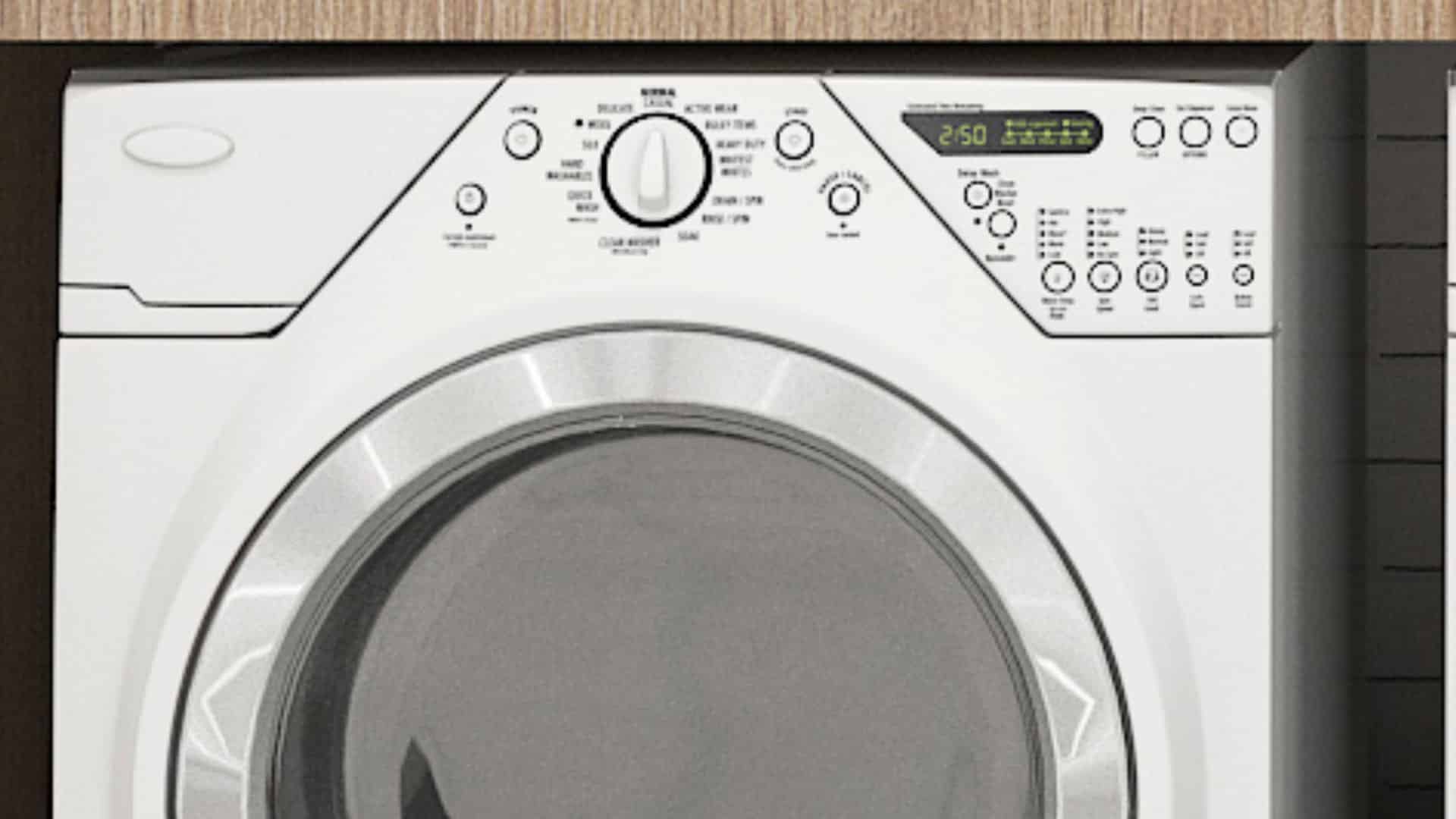Clothes dryer produce a combination of gas, heat and humidity which is vented out of the unit through flexible dryer ducts. These ducts typically run from the back of the dryer to the home’s ventilation system, pulling the hot air out of the unit and into the vents. Unfortunately, it’s not uncommon for contractors and homeowners to run dryer vents into the attic or crawlspace, contributing to property damage or even illness.
Mold
The biggest problems of venting clothes dryers to attics, basements, crawlspaces or other areas inside the home is the potential for mold growth. As previously stated, dryers produce hot, humid air – the perfect conditions for mold. Pushing this air to other parts of your home will increase the area’s humidity, which in turn promotes the growth of mildew and mold.
Stachybotrys chartarum (also known as black mold) is a common type of mold that thrives in dark, humid environments. A 2004 study performed by the Institute of Medicine (IOM) found a direct link between indoor exposure to black mold and coughing, wheezing and respiratory tract infections. If a dryer is vented to a dark crawlspace or attic, there’s a high probability of black mold forming due.
Fire Hazard
Dryers that are vented inside the home also pose a serious fire hazard. It’s estimated that roughly 60% of dryer lint is caught in the lint trap; the remaining 40% travels through the flexible duct and into the home’s ventilation system. If the dryer is vented to the attic, lint will build up in the attic where it offers ideal kindling for any stray spark or heat source to catch flame.
You can reduce the risk of a dryer-related house fire by cleaning both the lint trap and your home’s ventilation system on a regular basis. Eliminating lint from the trap and vent will greatly reduce your risk of a fire.
Gas
A third reason why you should never vent a clothes dryer inside your home is because of the gas it produces. While it may not produce carbon monoxide or any other “highly” toxic fumes, typical gas (not electronic) dryers produce large quantities of carbon dioxide. Inhaling enough CO2 may trigger a distinct sour taste and painful stinging sensation in the respiratory system. This is the direct result of the gas dissolving the mucus membranes.
Whether it’s gas or electric, all types of clothes dryers should be vented outside of the home. Running them inside the home will promote mold growth, CO2 buildup, and increase the risk of a fire.

How to Fix the nF Error Code on a Samsung Washer
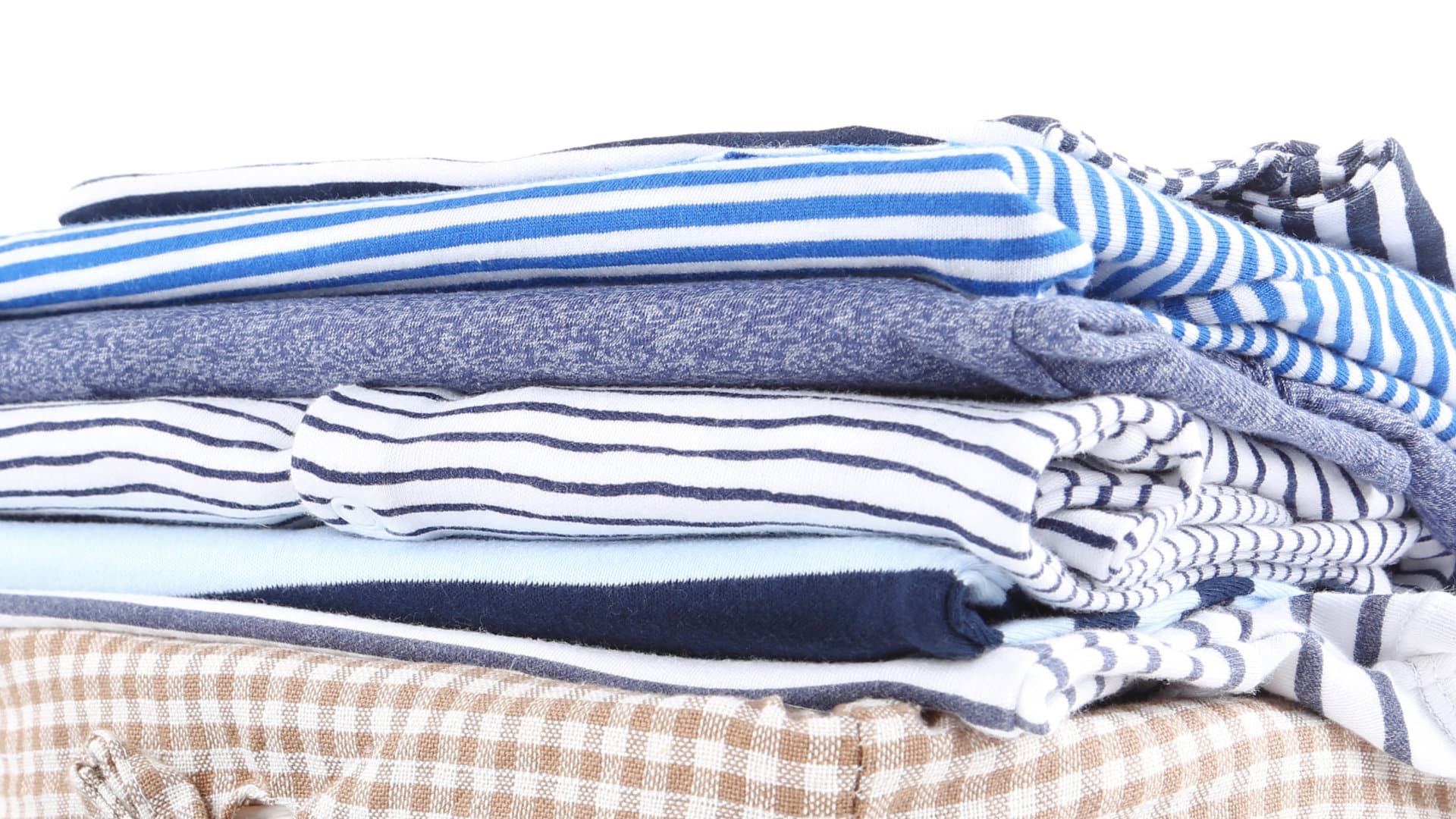
Kenmore Elite Dryer Issues: How To Troubleshoot
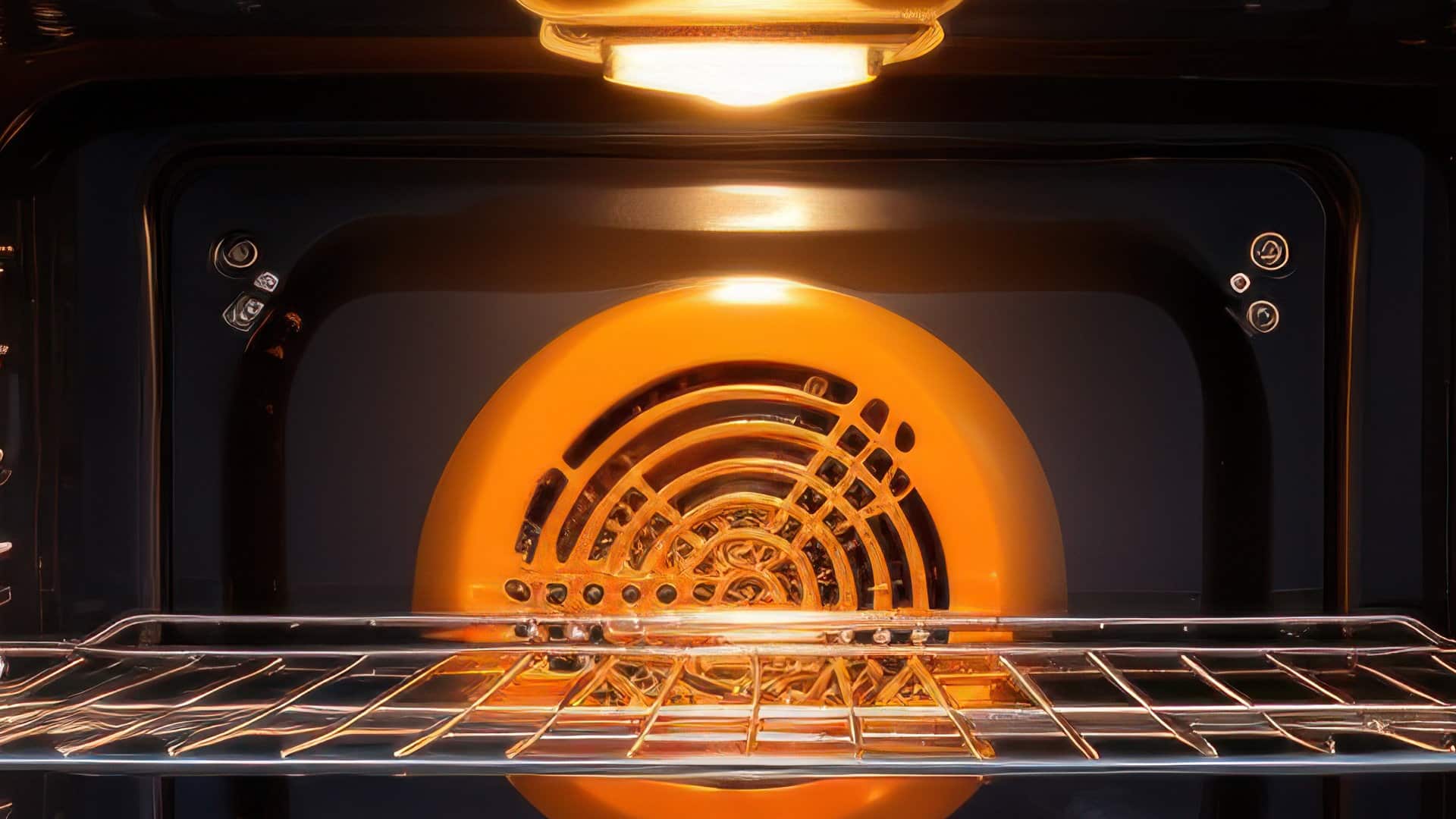
Microwave vs. Oven: Pros and Cons and How They Differ
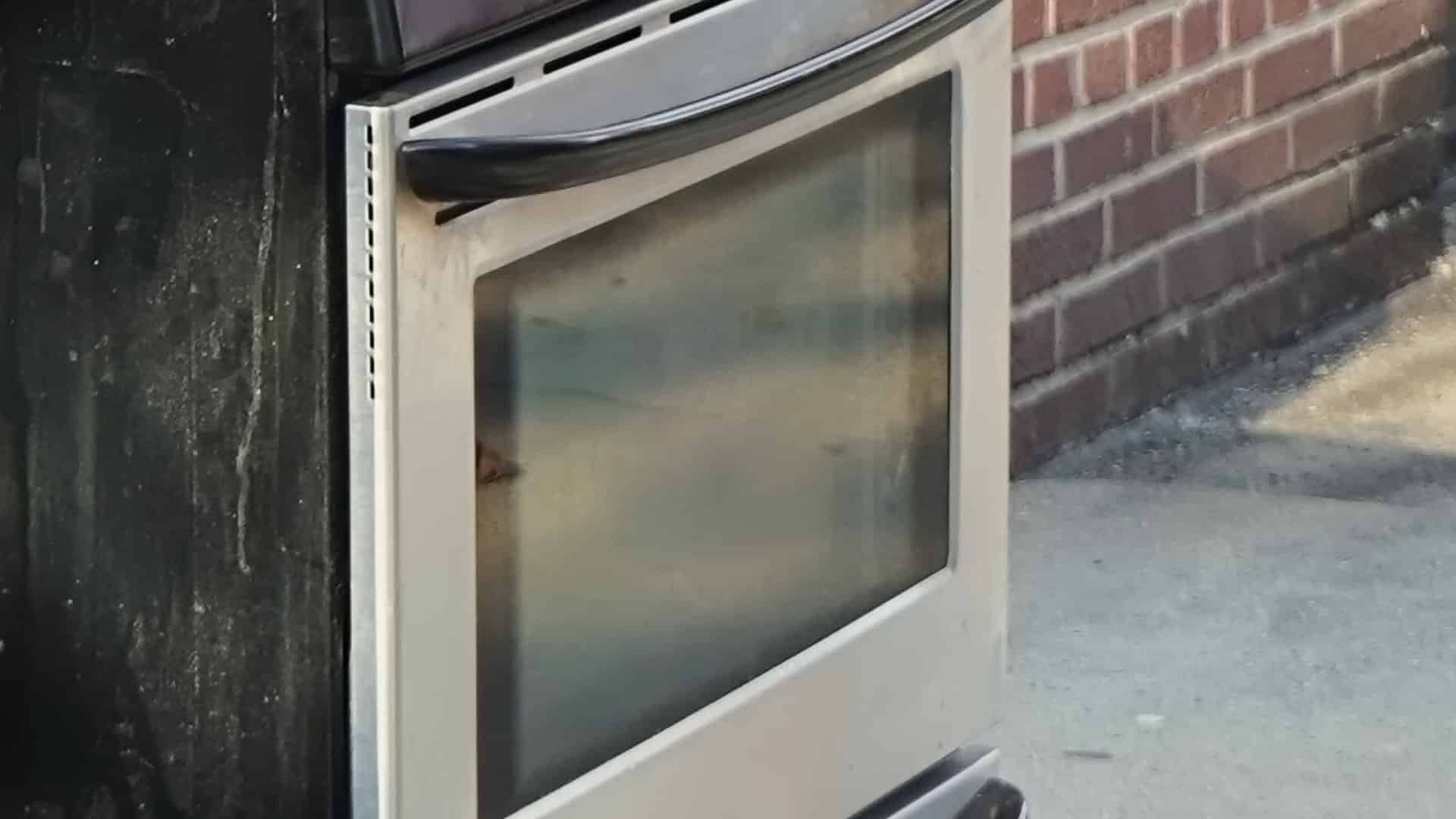
Self-Cleaning Oven Smell: Causes & Odor Reduction Tips

Frigidaire Ice Maker Not Working? 7 Ways to Fix It
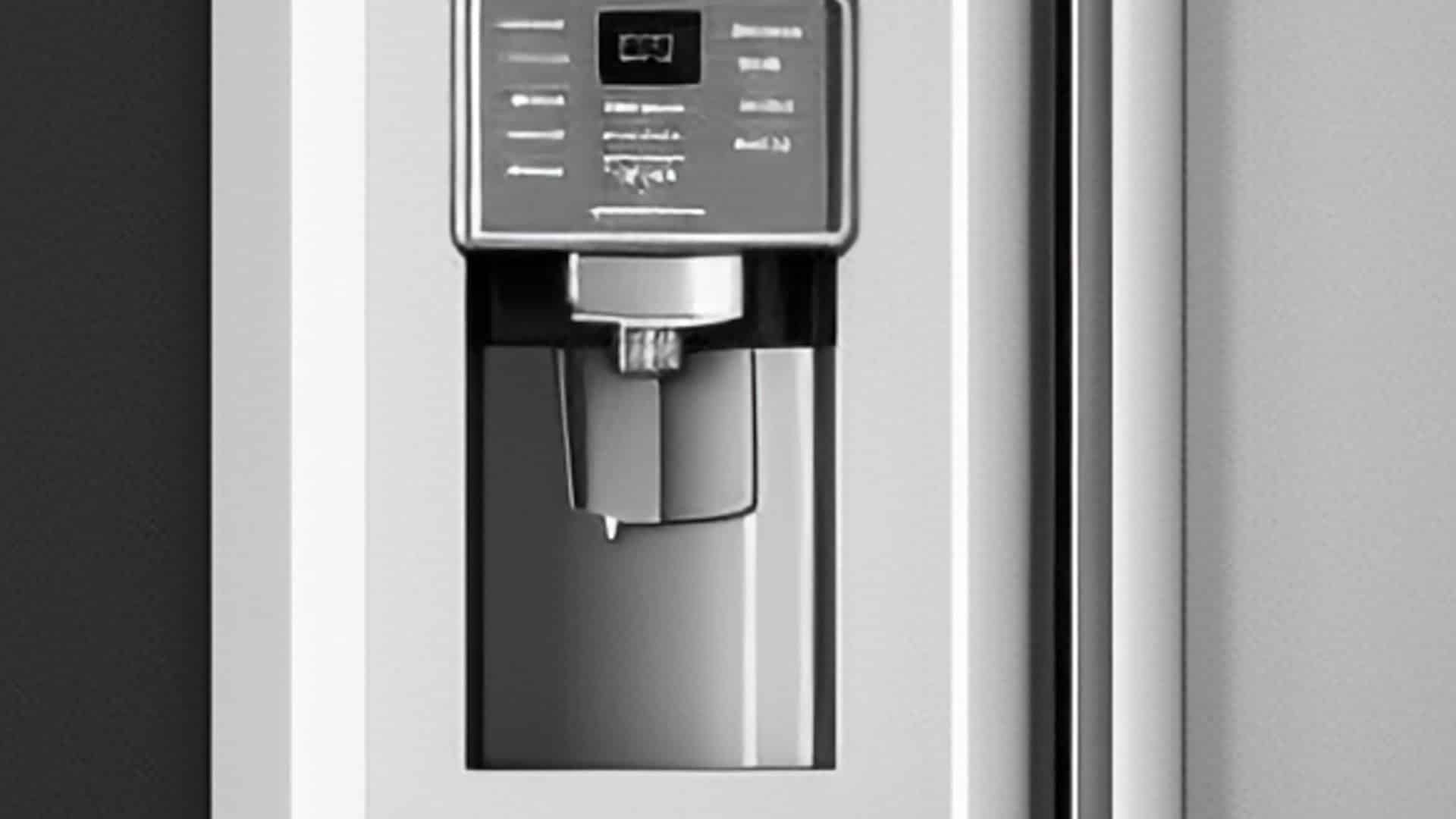
Why Is Your LG Refrigerator Not Cooling? (9 Common Reasons)
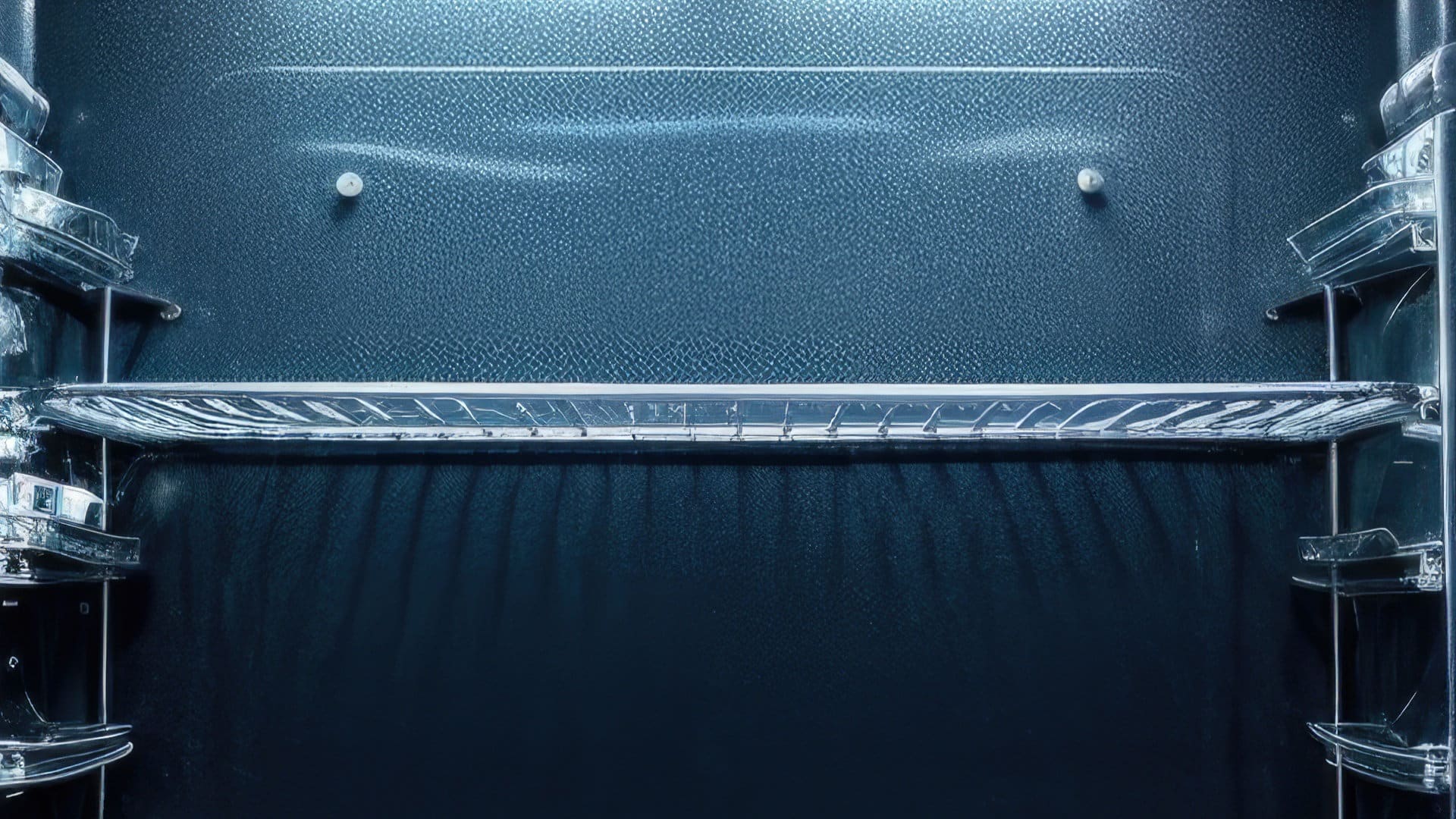
GE Oven F2 Error: Causes & Solutions
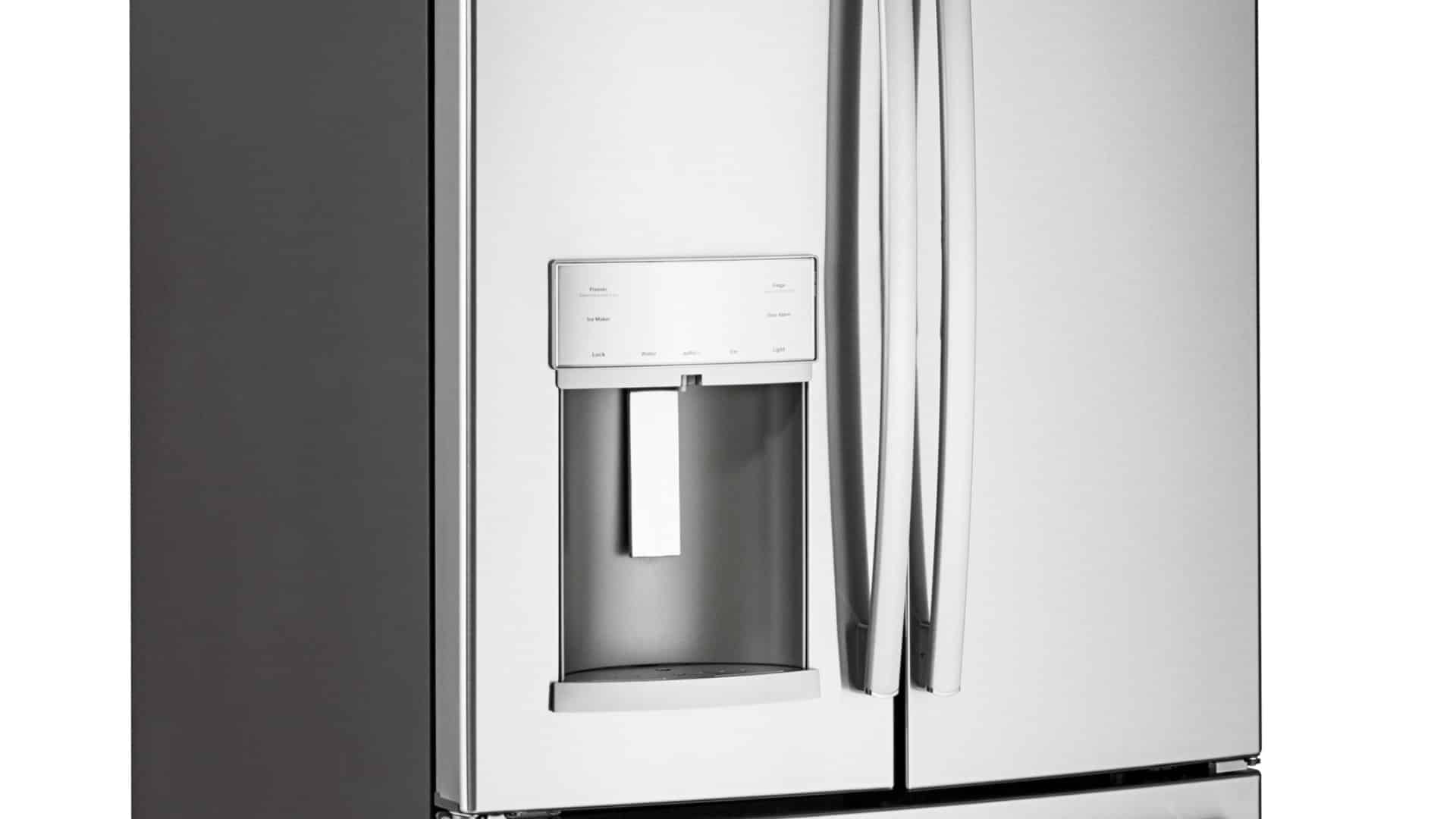
How to Reset the Water Filter Light on a Samsung Refrigerator
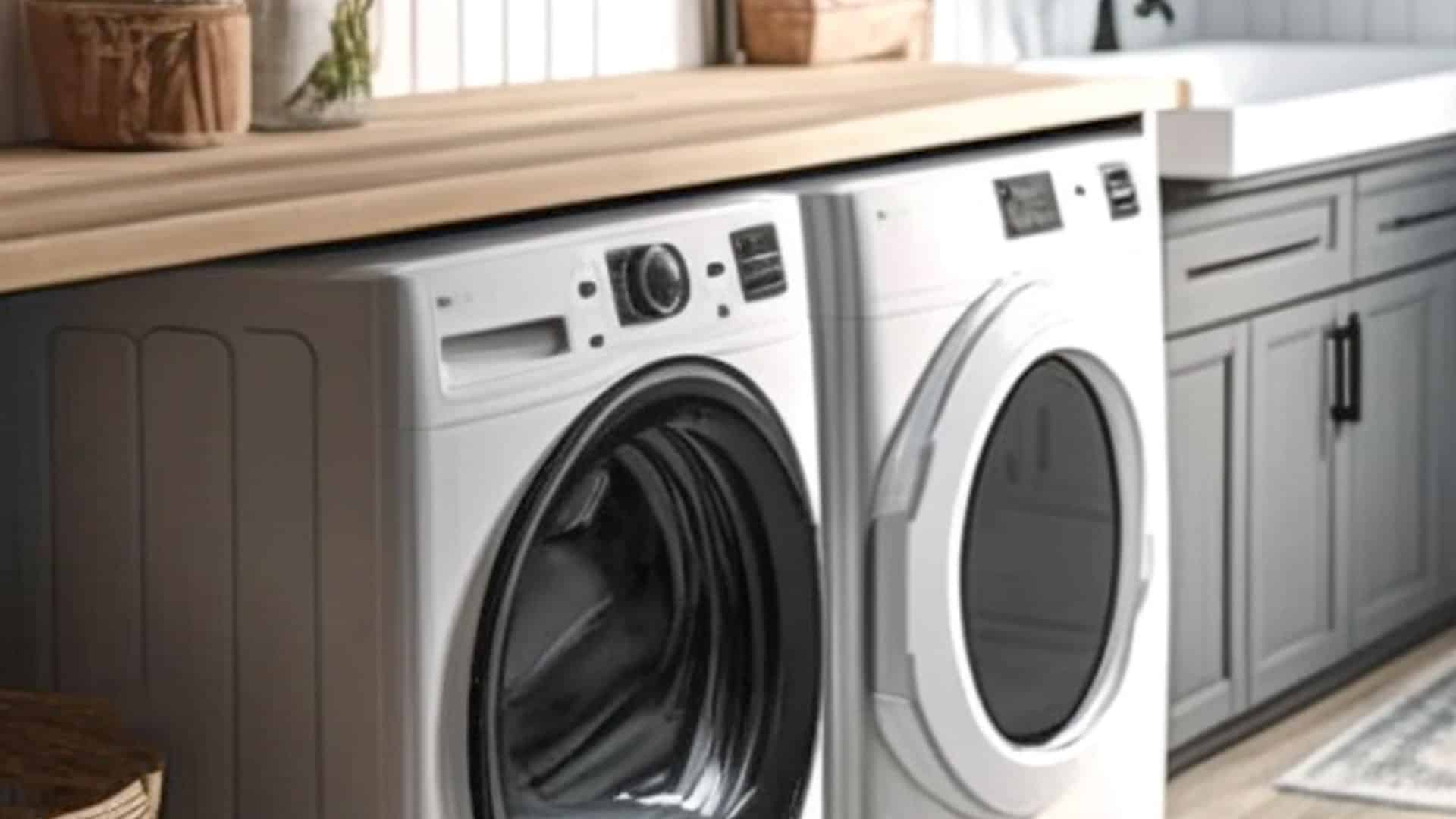
Maytag Washer Showing F5 Error Code? Here’s What To Do
